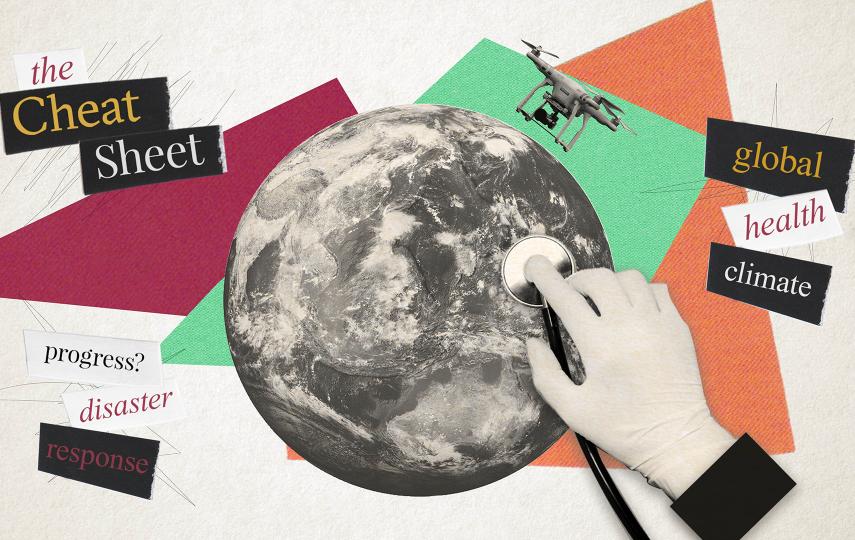But for the thousands of experts and delegates meeting at this year's annual UN Climate Change conference in the Qatari capital Doha the environmental impact of climate change may not be so far from the city's conference centre and hotel rooms.
While talk of emissions' reductions may dominate discussions at a conference described by chief convener Abdullah Al Attiyah as "a historic conference of crucial importance", major climatic threats face the host region.
Greenhouse gases: The tiny state of Qatar may be doing a good turn by hosting the UN Climate Change talks, but its citizens are responsible for more carbon dioxide and overall greenhouse gas emissions per person than anywhere else on earth. The United Arab Emirates (UAE) and Kuwait come in at second and third for greenhouse gas emissions per capita.
While all countries in the Middle East have ratified the Kyoto protocol on climate change, the key obligations fall on industrialized nations. The first phase of the protocol runs out at the end of the year but developing and middle income nations (including all those in the Middle East) have consistently argued that they are the victims not the causes of climate change.
The Middle East and North Africa region still only produces less than 5 percent of global greenhouse gas emissions, though emissions' increases grew three times faster in this part of the world than the world average between 1990-2007, according to the World Bank.
Rising temperatures: One of the principal aims of Doha will be to persuade countries to reduce their greenhouse gas emissions, which are blamed for global warming. The Intergovernmental Panel on Climate Change (IPCC) estimates that temperatures in the Middle East and North Africa will increase by two degrees Celsius in the next 15-20 years, rising more than four degrees by the end of the 21st century. That is likely to have a number of negative impacts:
On the other hand, the World Bank says that because of centuries of water scarcity and other tough environmental conditions, the region could be a "valuable repository of traditional and institutional knowledge, which, if preserved and made accessible, could prove an important contribution, globally, to efforts to address climate change."
Increasing extreme weather conditions: Few things get people talking about climate change as much as the apparent increase in extreme weather conditions. Scientists say climate change would bring more of these extreme weather events to the Middle East. The region could see more events like Cyclone Gonu in 2007, which killed at least 50 people in Oman and created damage costing an estimated US$4.2 billion. It was the strongest cyclone ever recorded in the Arabian Sea. More flash flooding is also predicted in Yemen.
Economic impact: As well as the immediate environmental impact of climate change, there is also predicted to be an effect on the regional economy. More frequent droughts, floods and heat would make agriculture even more difficult in one of the driest regions on earth. Places like Yemen have been told to expect more drought and reduced agricultural productivity. At the same time, coastal regions, where many of the major cities are found, could be threatened by sea level rises, affecting business and tourism. And, of course, any large switch away from fossil fuels could impact those economies in the region dependent on oil production.
jj/cb
This article was produced by IRIN News while it was part of the United Nations Office for the Coordination of Humanitarian Affairs. Please send queries on copyright or liability to the UN. For more information: https://shop.un.org/rights-permissions





